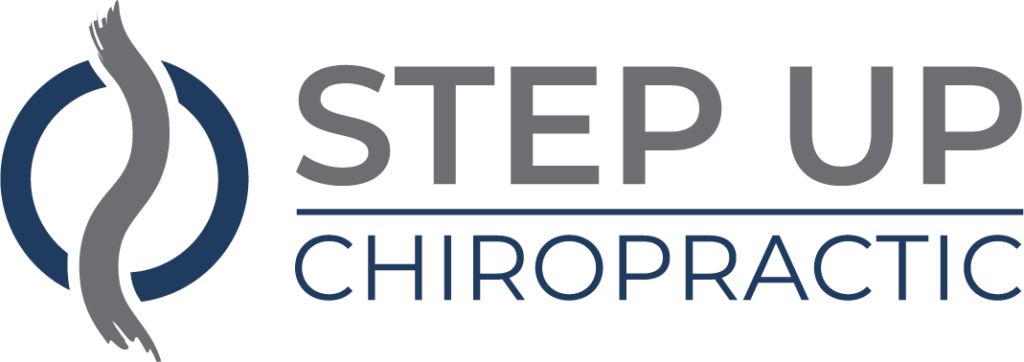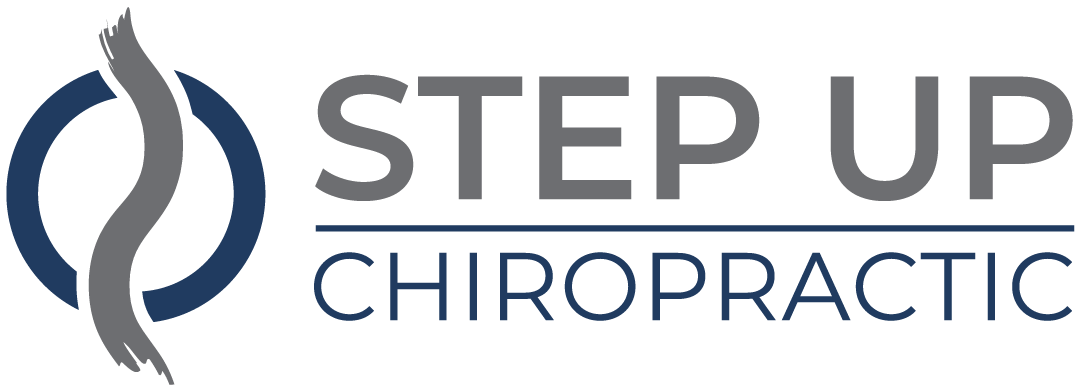If you're struggling with back pain in Honolulu, you might be curious about the most trusted techniques for relief. You could consider options like chiropractic adjustments, which align your spine, or explore physical therapy to build strength and flexibility. Complementary treatments, such as massage and acupuncture, also play a crucial role in holistic pain management. Yet, you may find that the right combination of these methods can make all the difference. So, what specific techniques could work best for your situation?
Chiropractic Adjustments
Chiropractic adjustments can be a game-changer for those suffering from back pain. If you've been struggling with discomfort, you might find relief through targeted spinal manipulation. This hands-on approach focuses on correcting misalignments in your spine, which can contribute to pain and discomfort. By realigning your vertebrae, chiropractic adjustments help restore your body's natural movement and function.
When you visit a chiropractor, they'll assess your specific condition and develop a tailored treatment plan. You'll typically undergo a thorough examination, which may include physical tests to pinpoint the source of your pain. Once they've identified the areas needing attention, they'll perform adjustments that can alleviate pressure on nerves and improve blood flow.
You might feel immediate relief, but it's also common for your body to need time to adapt. Regular chiropractic care can enhance your overall well-being, not just relieve back pain. Many patients report improved mobility, reduced tension, and better posture after consistent treatments.
As you continue with adjustments, your chiropractor can teach you strategies to maintain your spinal health and prevent future issues. It's essential to communicate openly with your chiropractor about your symptoms and any changes you experience. This collaboration guarantees your treatment remains effective and tailored to your needs.
If you're tired of living with back pain, consider exploring chiropractic adjustments as a proactive step towards a healthier, pain-free life. You deserve to feel your best!
Physical Therapy Exercises
When back pain strikes, incorporating physical therapy exercises into your recovery plan can make a significant difference. These targeted exercises not only help alleviate pain but also strengthen your back, improve flexibility, and prevent future injuries. A physical therapist can guide you in selecting the right exercises based on your specific condition and needs.
One effective exercise is the pelvic tilt. By lying on your back with your knees bent and feet flat, you can engage your core and gently push your lower back into the floor. This movement strengthens your abdominal muscles and provides support to your spine.
Another helpful exercise is the knee-to-chest stretch. While lying on your back, bring one knee toward your chest, holding it for 15-30 seconds before switching legs. This stretch relieves tension in your lower back and enhances flexibility.
Incorporating core-strengthening exercises, like planks, can also be beneficial. Start by lying face down, then lift your body off the ground, resting on your forearms and toes. Maintain a straight line from your head to your heels for 20-30 seconds. This exercise targets your core, which plays an essential role in supporting your spine.
Remember to listen to your body during these exercises. If you experience increased pain, stop immediately and consult your physical therapist.
Consistency is key; aim to perform these exercises several times a week to see lasting results. By committing to a routine, you'll empower yourself to manage and reduce your back pain effectively.
Massage Therapy Benefits
Massage therapy offers a range of benefits that can greatly ease your back pain.
By focusing on pain reduction techniques, it helps improve your flexibility and mobility while providing much-needed stress relief and relaxation.
You'll find that regular massages can enhance your overall well-being and make daily activities more enjoyable.
Pain Reduction Techniques
Experiencing tight muscles and tension in your back can be frustrating, but exploring massage therapy offers effective relief. This hands-on approach targets muscle knots and reduces pain, allowing you to feel more comfortable in your body.
During a session, the therapist uses various techniques to manipulate soft tissues, promoting blood circulation and relaxation.
One of the primary benefits of massage therapy is its ability to decrease pain perception. By stimulating the release of endorphins, your body's natural painkillers, massage can help alleviate discomfort.
Regular sessions can also help you manage chronic pain by addressing underlying muscle tension and promoting better posture.
Additionally, massage therapy can reduce inflammation and improve recovery from injuries, further easing pain.
Whether you prefer deep tissue massage or a gentler approach, tailored sessions can specifically target your areas of concern. Just be open with your therapist about where you're feeling discomfort so they can adjust their techniques accordingly.
Incorporating massage therapy into your pain management routine can lead to significant improvements in your overall well-being, making it a valuable tool in your journey toward relief.
Improved Flexibility and Mobility
Although tight muscles can hinder your range of motion, massage therapy can greatly enhance flexibility and mobility. When you receive a massage, the therapist targets specific muscle groups, helping to release tension and promote relaxation. This process not only alleviates discomfort but also allows your joints to move more freely.
As the muscles loosen, you'll likely notice an increase in your ability to stretch and bend. Improved flexibility can lead to better posture, which is essential for preventing future back pain. By incorporating regular massage therapy into your routine, you're giving your body the tools to recover and adapt to daily stresses.
Moreover, enhanced mobility can positively impact your overall physical activity and performance. Whether you're an athlete or simply enjoy staying active, better range of motion can help you engage in your favorite activities with less risk of injury.
You'll find that tasks like bending, lifting, or even walking become easier and more enjoyable.
Stress Relief and Relaxation
With improved flexibility and mobility comes a natural reduction in stress and tension. You mightn't realize it, but tight muscles and restricted movement often contribute to your stress levels. That's where massage therapy shines. By targeting those tight areas, massage helps release built-up tension, allowing you to feel more relaxed and at ease.
When you engage in regular massage therapy, you're not just pampering yourself; you're actively working to relieve stress. The soothing strokes and pressure can stimulate blood flow, promoting healing and relaxation. You'll likely find that your mental clarity and overall mood improve as well.
Additionally, massage therapy can lower cortisol levels, the hormone associated with stress. This means you're not only addressing physical discomfort but also enhancing your emotional well-being.
With each session, you'll cultivate a deeper connection to your body, making it easier to manage stress in your daily life.
Acupuncture Treatment Options
Acupuncture, a centuries-old practice rooted in Traditional Chinese Medicine, offers a holistic approach to alleviating back pain. By inserting thin needles into specific points on your body, acupuncture aims to restore balance and promote healing. If you're considering acupuncture for back pain relief, you'll find several treatment options tailored to your needs.
First, consult with a licensed acupuncturist to discuss your specific back pain issues. They'll evaluate your condition and develop a personalized treatment plan. This often includes a combination of acupuncture points that target both the painful areas and related body systems, enhancing overall effectiveness.
During your sessions, you might experience varying sensations, from a mild tingling to slight warmth. Most people find the process relaxing, often leading to improved mood and reduced stress levels—factors that can exacerbate back pain.
Typically, a series of sessions over a few weeks is recommended to achieve lasting results. Additionally, some acupuncturists may incorporate adjunct therapies, such as acupressure or electrical stimulation, to enhance the treatment's efficacy.
You can also discuss complementary practices like herbal medicine or dietary changes for a more thorough approach to your back pain.
Hot and Cold Therapy
Hot and cold therapy can be a simple yet effective way to relieve back pain. By alternating between heat and cold, you can reduce inflammation, improve circulation, and ease muscle tension. Here's how you can get started:
- Heat Therapy: Use a heating pad or warm towel on the affected area for 15-20 minutes. Heat relaxes muscles and increases blood flow, which can help alleviate stiffness.
- Cold Therapy: Apply an ice pack or a bag of frozen vegetables wrapped in a cloth for 15-20 minutes. Cold therapy numbs the area, reduces swelling, and can ease acute pain.
- Alternate: After using heat or cold for a while, switch to the other method. This combination can maximize relief, as heat prepares the muscles for stretching while cold reduces inflammation.
- Stay Cautious: Always give your skin breaks between applications. Avoid applying heat if there's swelling, and don't use ice for too long to prevent frostbite.
Remember to listen to your body during this process. If one method feels better than the other, focus on that.
You can easily incorporate hot and cold therapy into your daily routine, whether you're sitting at home or unwinding after a long day.
Mindfulness and Relaxation
Mindfulness and relaxation techniques can play an essential role in managing back pain. By focusing your attention and calming your mind, you can reduce stress and tension that often contribute to discomfort. When you're mindful, you're more aware of your body and its signals, which helps you recognize when to take breaks or adjust your posture.
One effective technique is deep breathing. Start by finding a comfortable position. Inhale deeply through your nose, allowing your abdomen to rise. Hold for a moment, then exhale slowly through your mouth. Repeat this process several times. You'll notice a decrease in tension, which can alleviate pain.
Another valuable practice is progressive muscle relaxation. Begin at your toes, tensing the muscles for a few seconds and then relaxing them. Gradually work your way up to your head, focusing on each muscle group. This technique promotes a sense of calm and helps release built-up stress.
Meditation can also be beneficial. Set aside a few minutes daily to sit quietly, focusing on your breath or a specific mantra. This practice can help clear your mind and improve your overall sense of well-being.
Incorporating mindfulness into your daily routine can transform your relationship with pain. You'll find that, over time, you become more resilient to discomfort and better equipped to manage it.
Ergonomic Workspace Solutions
As you spend long hours at a desk, implementing ergonomic workspace solutions becomes essential for preventing and alleviating back pain. The way you set up your workspace can considerably impact your comfort and well-being.
Here are some key adjustments you can make to create a more ergonomic environment:
- Chair Selection: Choose a chair that offers lumbar support. It should allow your feet to rest flat on the floor, with your knees at a 90-degree angle. If necessary, use a footrest to achieve the right height.
- Desk Height: Your desk should ideally be at elbow height when you're seated. This position keeps your arms at a comfortable angle, reducing strain on your shoulders and back. If your desk is too high or low, consider a height-adjustable desk.
- Monitor Position: Position your computer monitor at eye level, about an arm's length away. This setup helps you maintain a neutral neck position, preventing unnecessary strain. If you use multiple monitors, align them to minimize neck twisting.
- Keyboard and Mouse: Keep your keyboard and mouse close enough to avoid reaching. They should be on the same level as your elbows, allowing your wrists to remain straight while typing or clicking.
Conclusion
To sum up, finding relief from back pain in Honolulu is possible with a combination of trusted techniques. By exploring chiropractic adjustments, engaging in physical therapy, and trying massage or acupuncture, you can effectively manage your discomfort. Don't forget to incorporate hot and cold therapy, mindfulness practices, and ergonomic workspace solutions to prevent future issues. Remember, taking a proactive approach to your back health can lead to a more comfortable and active lifestyle.




